Researchers at Indian Institute of Technology Hyderabad have predicted the lifetime of SARS-CoV-2 droplets on surfaces in different environmental conditions, such as ambient temperature, relative humidity, and volume and composition of droplets. Respiratory infections such as the SARS-CoV-2 virus spreads primarily by respiratory droplets (size > 10μm) of saliva or discharge from the nose of an infected person during coughing/sneezing. Fluid dynamics plays an important role in the study of the life of these droplets migrating in the air or deposited on surfaces.
Key outcomes of the study:
• Spread of virus is minimal after drying of droplets containing virus. The study focuses on various factors affecting the drying time of saliva droplets whereas earlier studies were based on water droplets.
• Saliva droplets consist of salt, protein (mucin), and surfactant in addition to water. These ingredients delay the evaporation of respiratory droplets significantly as compared to pure water droplets.
• Increase in humidity will make the droplet to take longer than an hour compared to a droplet under a lower humid environment that will dry-up in minutes.
• Lower ambient temperature also increases the drying time of the droplet.
• The angle made by a droplet on the surface (which is known as “contact angle”) plays important role in the drying time of the droplet and hence highly hydrophilic surfaces may be less susceptible to prolonged contamination.
Speaking about the findings of their study, Prof. Kirti Chandra Sahu of IIT Hyderabad said, “While the lifetime of a small saliva droplet of size 1 nanolitre is less than a minute, a normal size saliva droplet of 10 nanolitres takes more than 15 minutes to evaporate at room temperature and relative humidity of 50 per cent.
For high relative humidity, say of greater than 90 per cent, the droplet stays live on the surface for significantly longer, about an hour.”
The study conducted by IIT Hyderabad faculty shows the importance of properly sanitising the contact prone surfaces in different seasons and air-conditioned indoor areas and suggest to follow World Health Origination (WHO) guidelines, such as wearing face masks and maintaining social distance as the preventive measures for air transmission of COVID-19.

 The drying time for droplets on a smartphone screen is three times longer than that on a normal glass surface: Experts say
The drying time for droplets on a smartphone screen is three times longer than that on a normal glass surface: Experts say







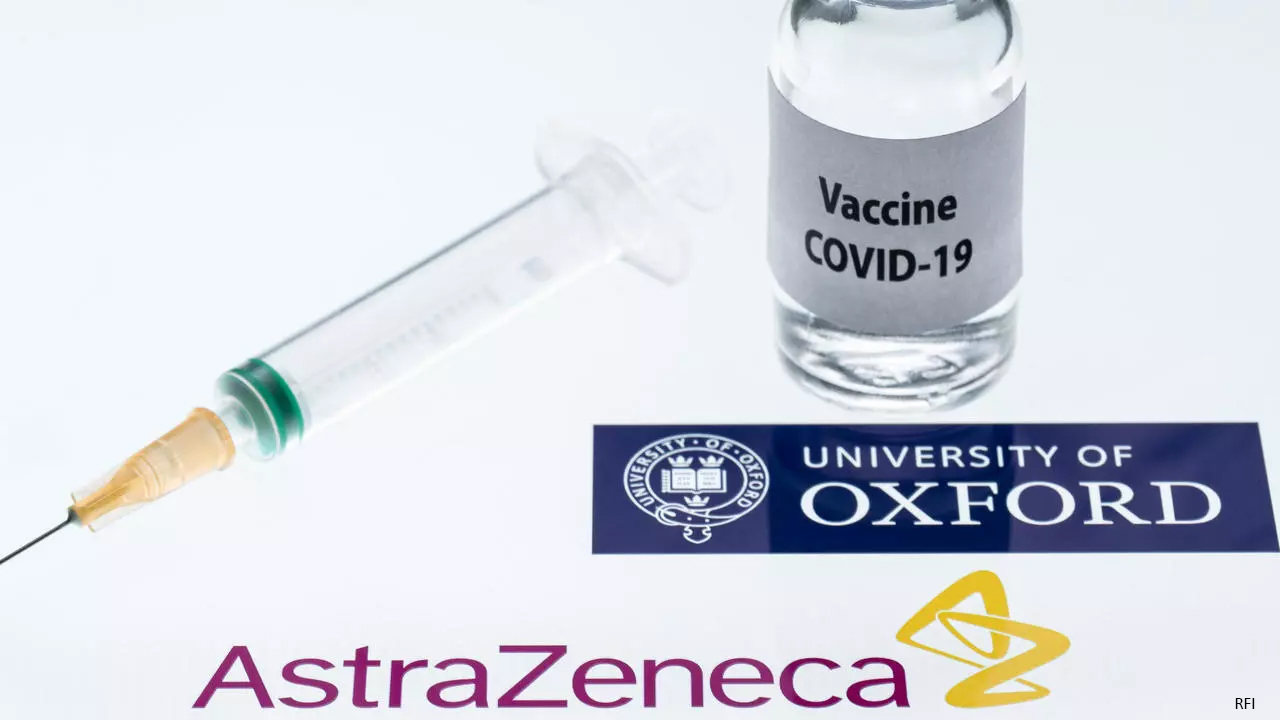

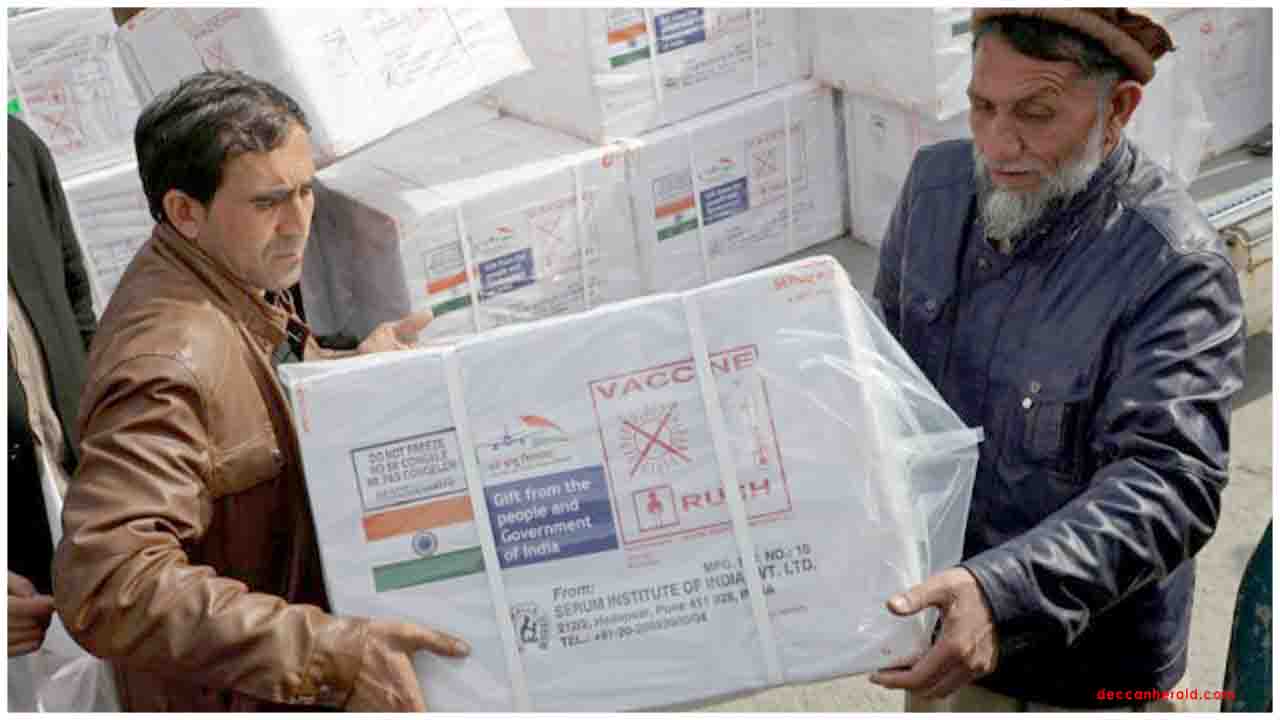
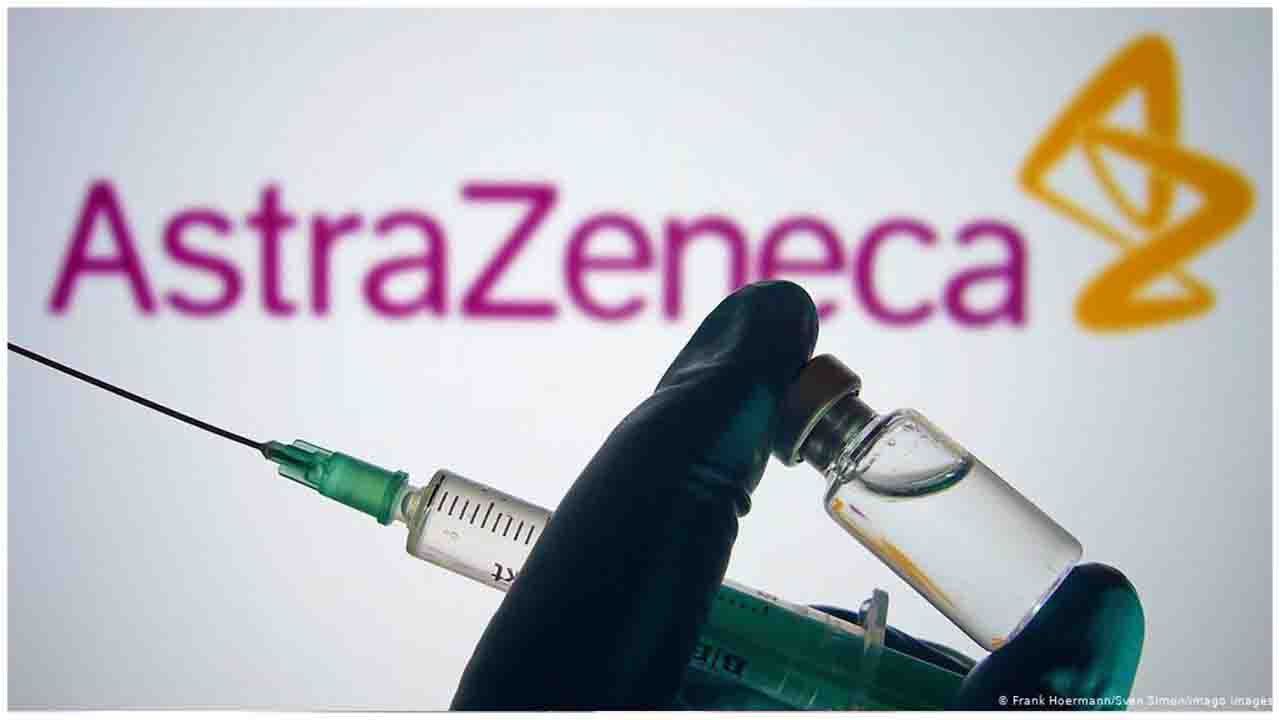


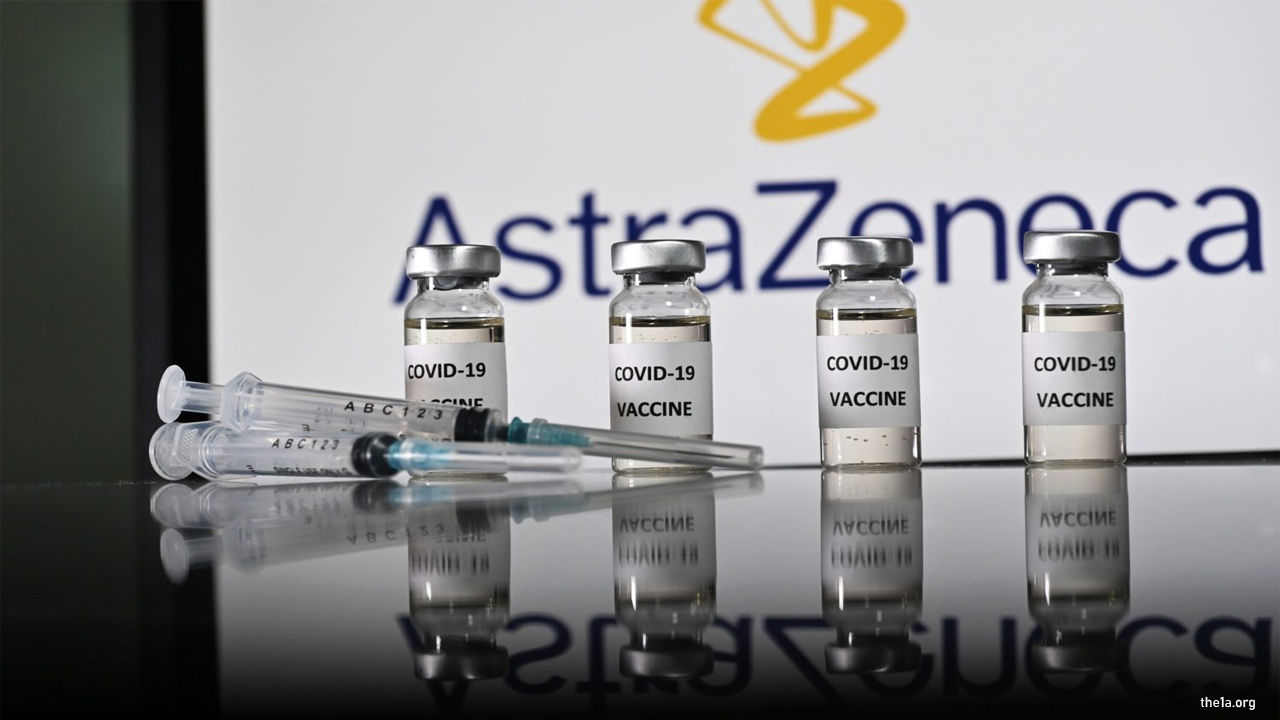
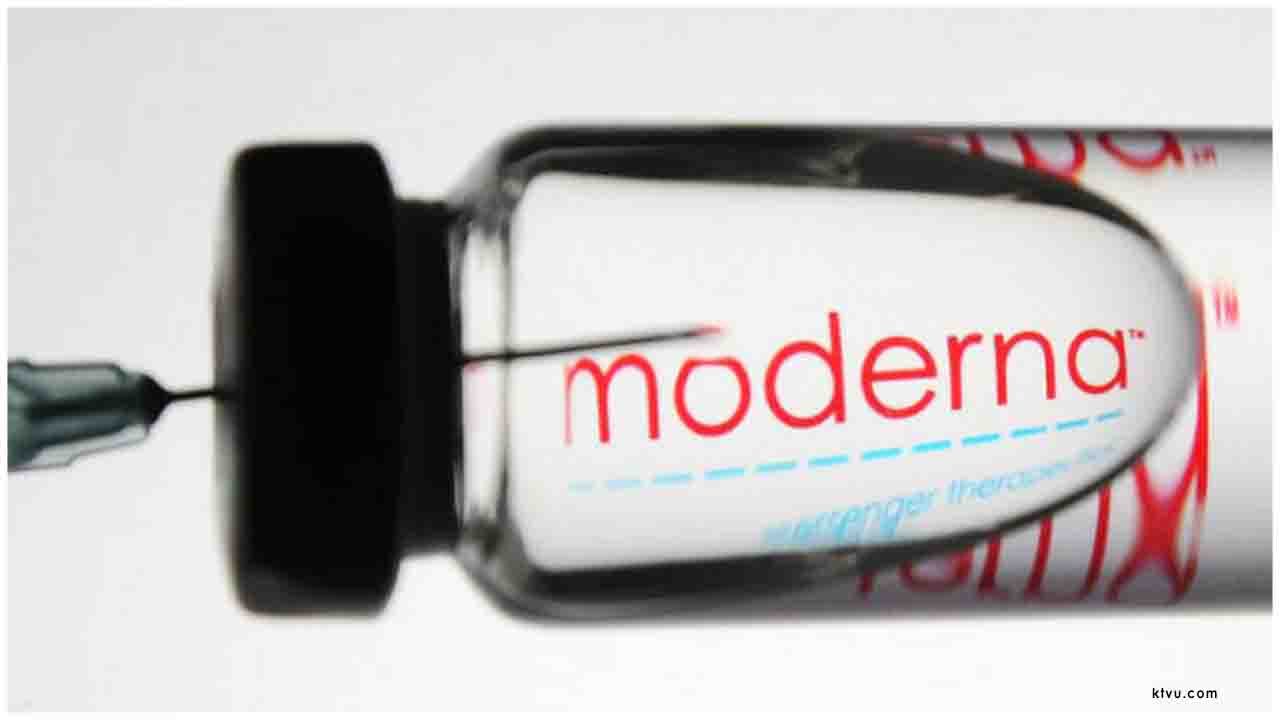






.jpeg)

.jpeg)










.jpg)




.jpg)

